For the most part, tabby and brick walls are all that remain of the once elegant Dungeness located on the southern part of Cumberland Island.
The first Dungeness was located on this site. Some of the ruins of the second structure are pictured above. Construction on the first mansion began in 1800 and was ready for occupation in 1803. It was 90 feet tall—four stories on top of a very high basement level. It had 30 thirty rooms and its foundation was made of tabby (a concrete made from limestone, water, and oyster shells) and had walls that were six feet thick.
When it was completed Dungeness was hailed as the “most elegant residence on the Georgia coast.” The garden and the grounds contained roses, orange trees, and olive grove, fig trees, lime trees, pomegranate, citron, and guava trees. In his book, Cumberland Island: Strong Women, Wild Horses, Charles Seabrook wrote “the grounds were also graced with sago palms, Indian-rubber trees, and coffee plants.”
Grand Avenue is the main road linking the north end of the island to the south end. It passes by Grayfield Inn, dense forest that contains twisted live oaks, palmettos, bayberries, magnolias, hollies, yaupons, and longleaf pines. In recent history the island’s history is connected to the Carnegie descendants and the heirs of Asa Griggs Candler, the Atlanta pharmacist who discovered Coca-Cola. At one time the Carnegies owned 90 percent of the island and the Candlers laid claim to the rest. Today, the Park Service is the largest land owner, though I don’t think anyone but God really owns it. Cumberland Island National Seashore is a national treasure that has been saved from extensive development. In earlier history, Colonel James Oglethorpe, the Spanish, and the Creek Indians all had ties to the island.
I didn’t get any closer than this, and I didn’t pull out a longer lens mainly because the guy on the left suddenly noticed me taking photos and threw his ears straight up—which, I think, in horse language is not a good sign. The sand dunes behind these horses are “young” and much lower than the ones that are located further inland.
(He’s still watching, watching, watching.) The ranger who gave us instruction before we boarded the boat to Cumberland told everyone not to feed the animals and . . . don’t try to ride the “wild life!”
This photo is not even a fair representation of the live oaks that are on the island. They are huge and some of their limbs hang out so far and are so strong you can walk up them.

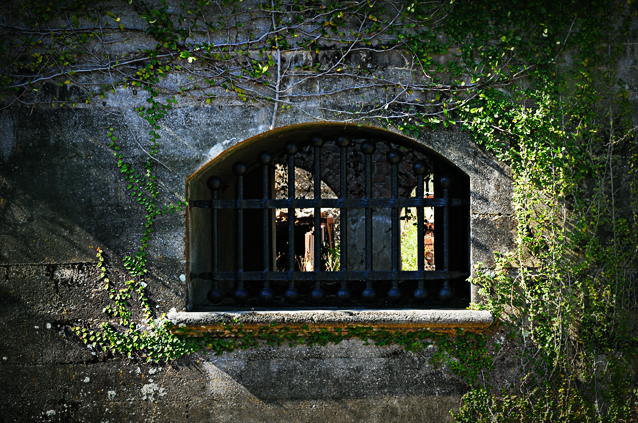

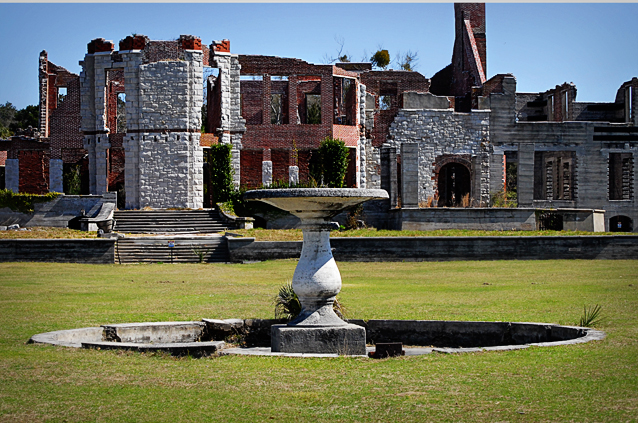
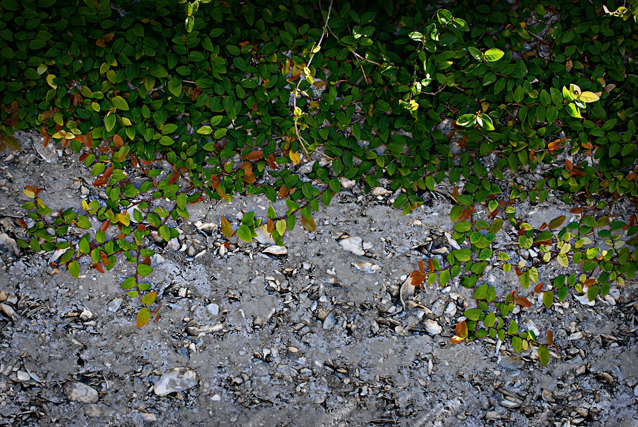
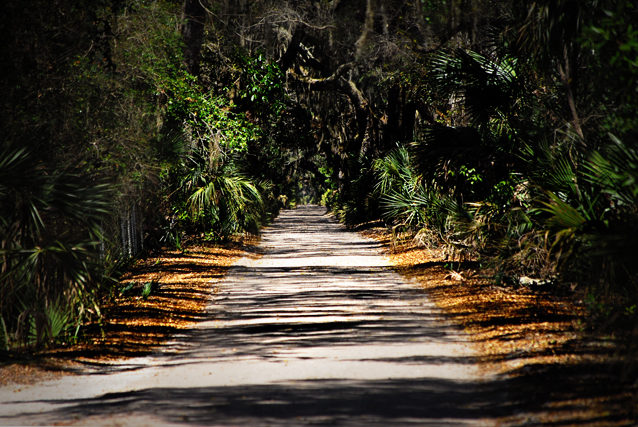



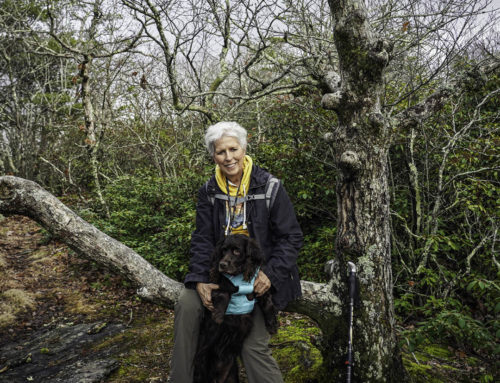
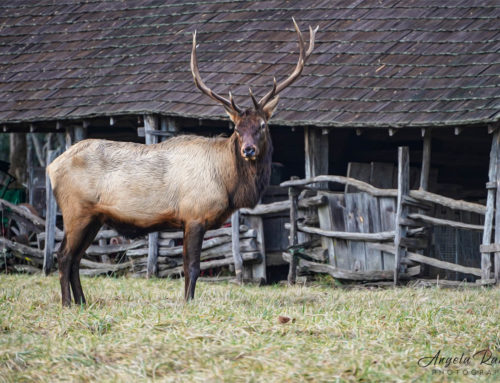
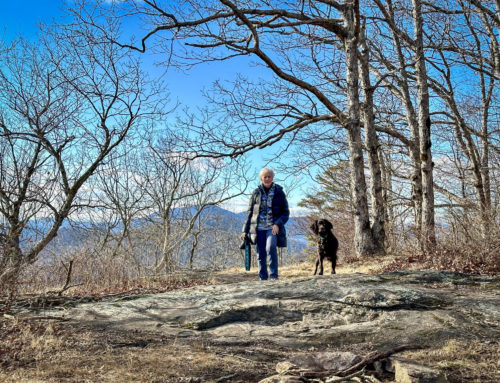

Leave A Comment